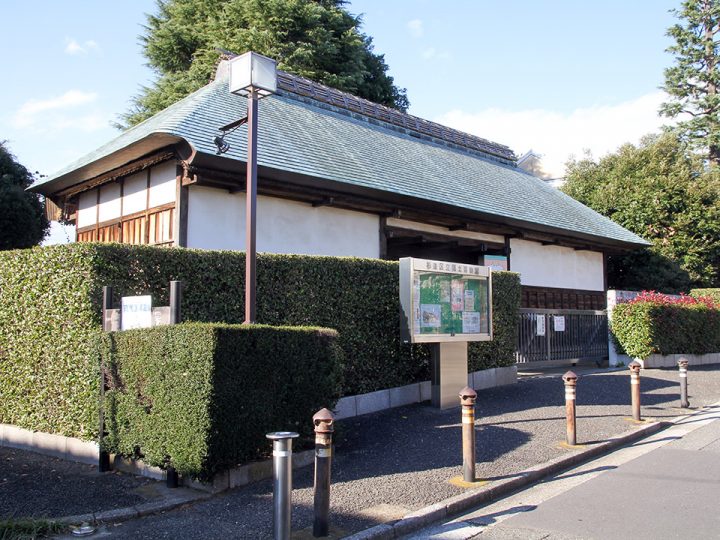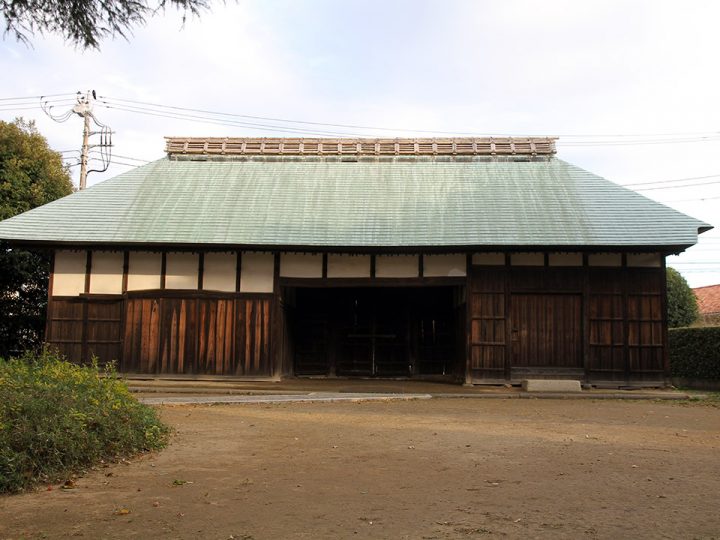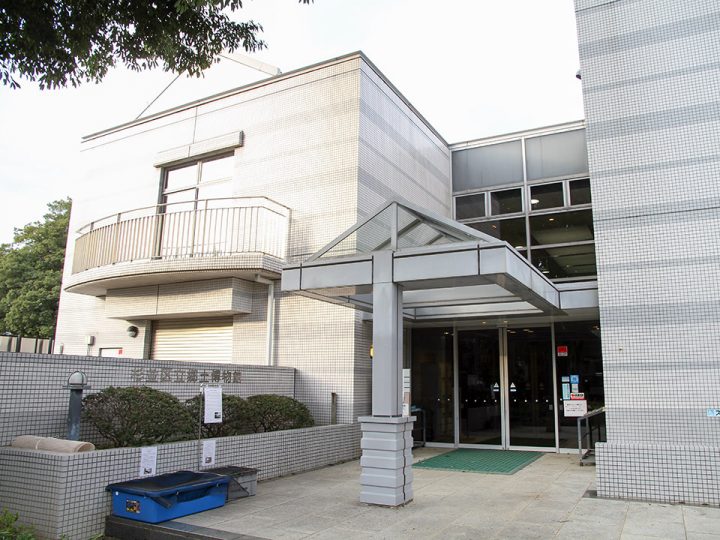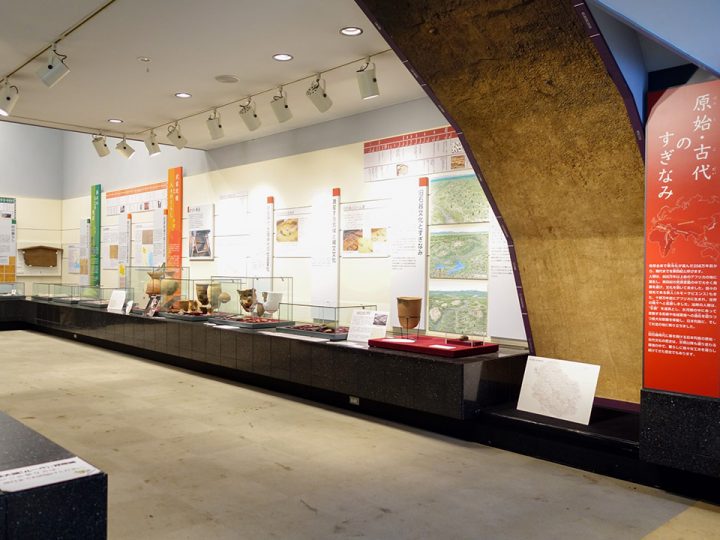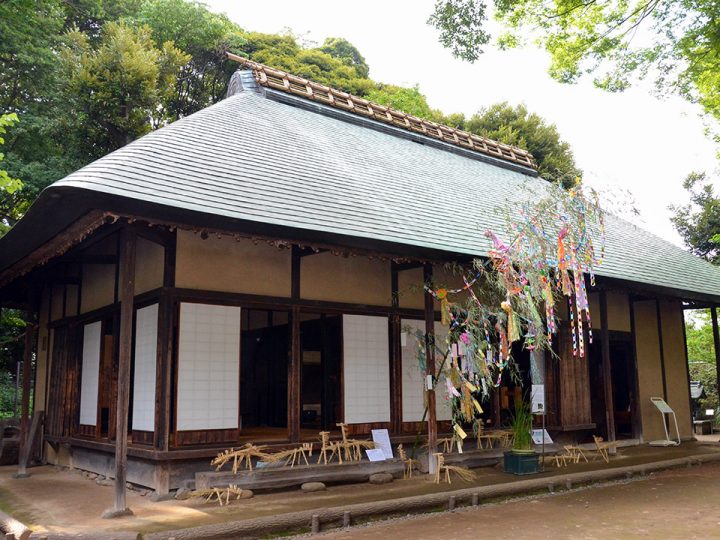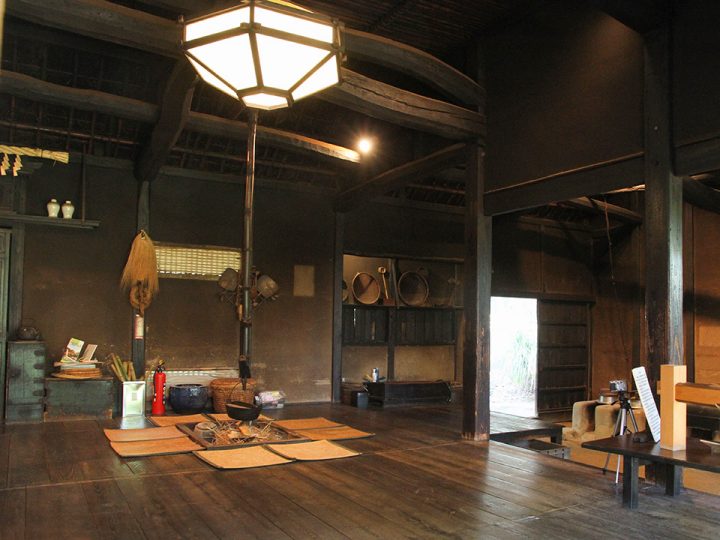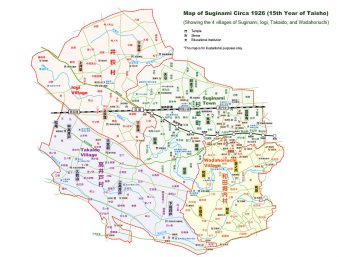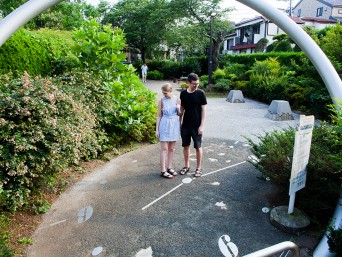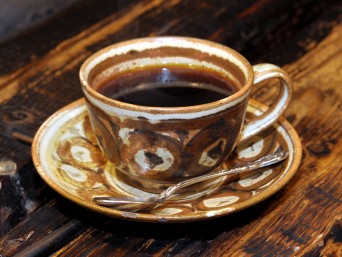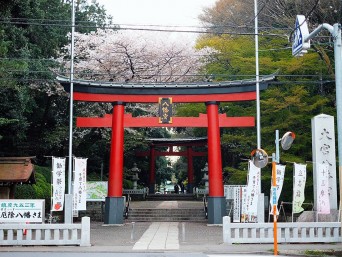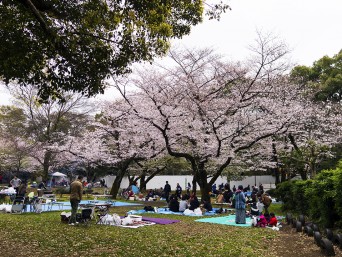- SEE & DO
- ACTIVITIES
- museums & theaters
- SUGINAMI HISTORICAL MUSEUM
- Price:
Entry ¥100 (free for junior high school age and younger)
- Address:
- 1 Chome-20-8 Omiya, Suginami, Tokyo
- Distance from Station:
- 20 minutes on foot (south) from Tokyo Metro Shin-Koenji Station
- Phone:
- 03-3317-0841 (Japanese only)
- Open:
- (Temporarily closed from Sep. 2 - Oct. 3, 2025)
9:00am - 5:00pm, Closed Mondays, the 3rd Thursday of every month, and New Years Holidays (Dec. 28 - Jan. 4)
- Website:
- https://www.city.suginami.tokyo.jp/histmus/ (external link)
- Communication:
- Most staff speak Japanese only, some English pamphlets are available
- no-smoking
- no-credit-card
SUGINAMI HISTORICAL MUSEUM
Suginami’s Deep History and Artifacts Found in the Area
[updated August 2025]
*NOTICE: The Suginami Historical Museum will be closed for renovations from September 2nd until October 3rd, 2025.
The Suginami Historical Museum opened in 1989 as a means to display the collections and research of historical material found in the Suginami area. Some exhibits also introduce Suginami residents. Not only the history of this area, but also archaic artifacts that were found in the area, are on display.
The museum embraces history with three main attractions: the old gate, the main building, and the old folk house.
The Old Iguchi Estate Gate entrance is a Nagayamon gate established at the end of the Edo period. It was dismantled in 1971 in another area in Suginami and reconstructed in its current location when the museum was founded in 1989. The Nagayamon gate was typically a low status samurai’s row-house, and was a mark of high social status for the owner.
In the modern main building, there is a permanent exhibition room and a themed exhibition room on the first floor, and an information corner on the second floor. On the first floor, we can see the history from primitive and ancient times to the Middle Ages, and early modern times in Suginami. This includes clayware and stoneware excavated from archaeological sites in Suginami. At the early modern era display, there is a model of a Takaido post town and a display showing Edo period atmosphere.
The kominka old folk house at the site used to be owned by Mr. Yoshiharu Shinozaki, and was donated to Suginami Ward in 1973. The building is said to have been built 1789-1800, and is typical of a farmhouse from the middle of the Edo period. Utilizing and maintaining the cultural property, an organizer lights a fire in the Japanese traditional irori firepit in the afternoon on Saturdays, Sundays, and holidays, and warm tea is available, making this a particularly cozy spot for a visit in the colder months.
There is an English brochure for international visitors.
*During the coronavirus pandemic, please help to contain the spread by wearing masks, disinfecting your hands upon entry, and refraining from visiting in large groups.
When you go for a visit, it may seem far from the train stations but you can make a day out of it as nature surrounds the area of the historical museum including Wadabori Park, Omiya Hachiman Shrine and the archaeological sites around the museum. Many people go for a run or take a walk on the side road along the Zenpukuji River, and it is ideal to spend a sunny day having a picnic lunch at the park and strolling this area.
ACCESS
YOU ALSO MIGHT LIKE:
IN THE AREA:








